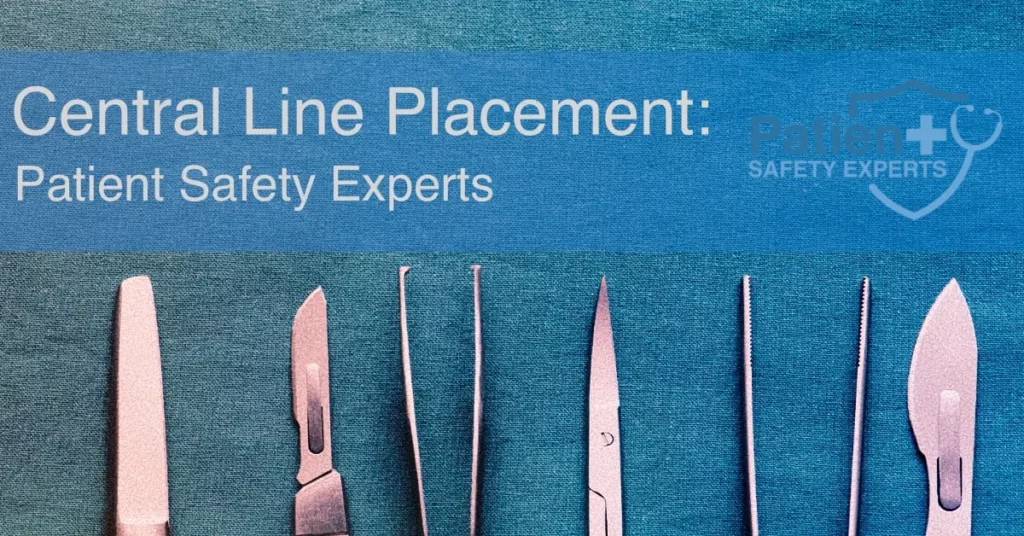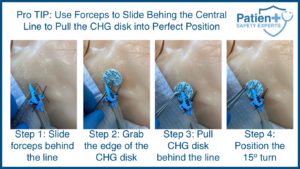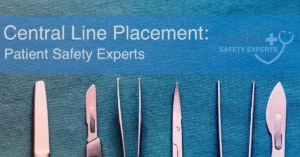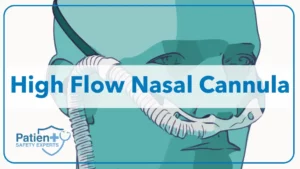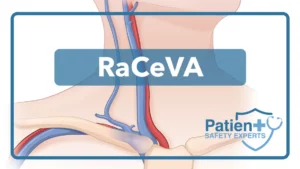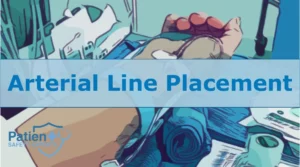Once you have finished inserting a central venous catheter, it’s time to document your hard work. Clear documentation of the procedure, techniques used, and potential challenges related to central line insertion are important items to include. Many physicians don’t understand the nuances of what to write in their notes to assist with the accurate coding for these lines. Accurate description and coding of the procedure help ensure that work performed is reimbursed approximately and the medical record accurately reflects the vascular access device (VAD) the patient now has.
Disclaimer:
Disclaimer: Billing is notoriously complex. The information provided reflects our understanding of the procedure(s) and/or device(s) from sources that may include, but are not limited to, the CPT coding system, Medicare payment systems, commercially available coding guides, and professional societies. This information should not be construed as authoritative. You are responsible for the accuracy of the codes assigned to your services. When making coding decisions, you can seek input from the AMA, relevant medical societies, CMS, your local Medicare Administrative Contractor, and health plans to which you submit claims. Doing your homework and having a better understanding up front is infinitely better than the consequences on the back end.
Differences in Central Venous Catheters:
The appropriate procedural coding of central venous catheters can be problematic for many coders. This is in part due to the terminology used by physicians when describing the catheters and devices inserted. Some physicians use the term “vascular access device” to mean any type of central venous catheterization without providing adequate information about the precise type of device inserted.
The coding of central venous catheter placement is mostly based on
- The age of the patient
- Whether you placed a non-tunneled or tunneled catheter
- With or without an implanted subcutaneous port attached to the catheter.
36556 is the most common ICD-10 for central line insertion in the ED and ICU. It applies to inserting a non-tunneled central venous catheter in a patient aged five years or older.

